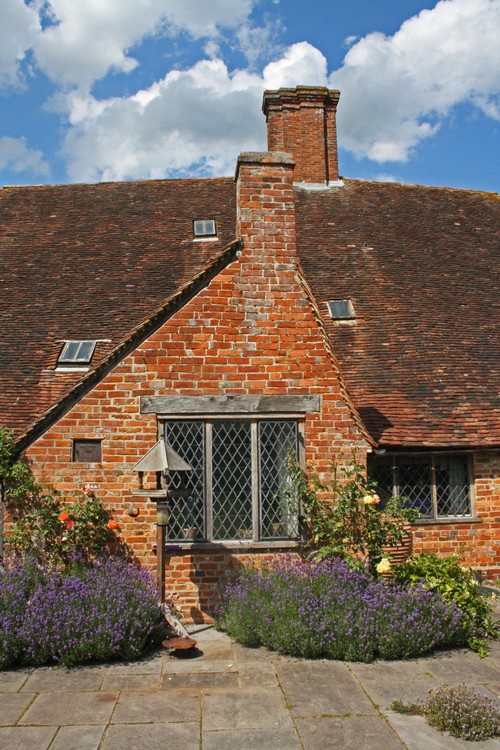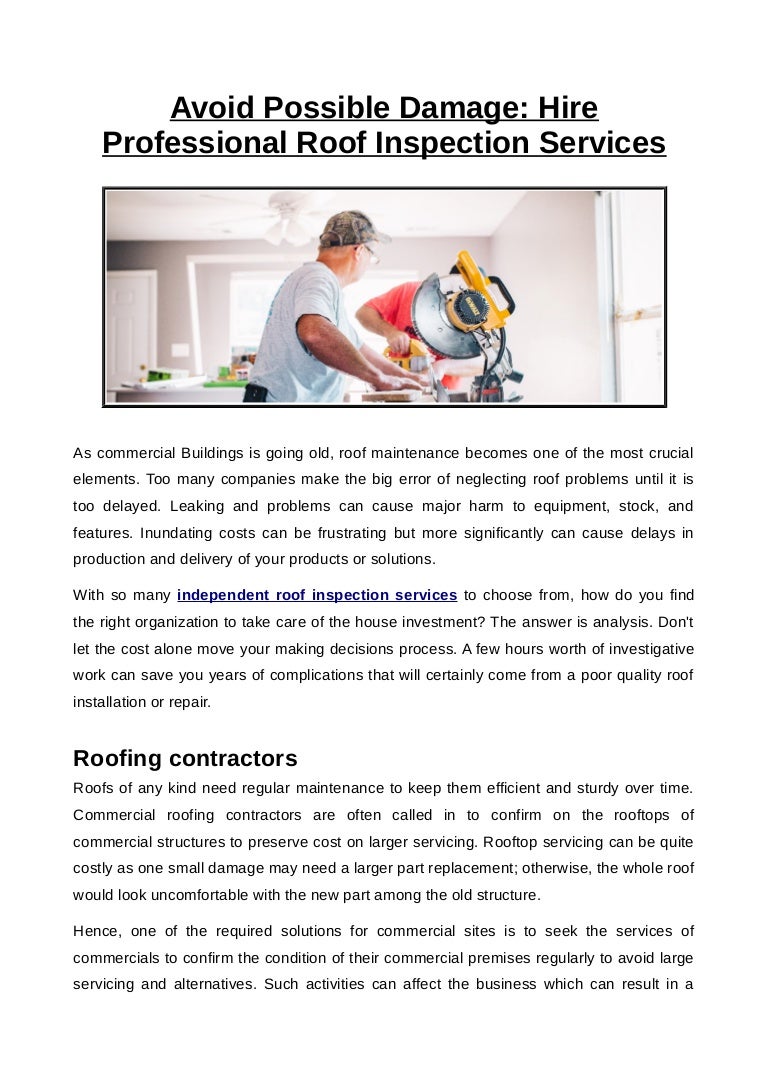Table of ContentsDealing With Roof Damage Insurance Claims And RoofingRoof Inspections - The BasicsCommercial Roof Inspection Checklist: 10-point ListWhen To Hire A Roof InspectorCompelling Reasons To Invest In An Annual Roof InspectionWhat Happens During A Commercial Roof Inspection?
They will blister and have granular loss. Next, the matrix (product holding the product together) will be exposed. At this moment, water becomes the primary opponent, waiting patiently for the chance to make its relocation. Wood shingles and shakes will show comparable signs as asphalt when aging. Cupping, curling, lifting, splitting, insect damage, decaying and missing out on sections are all possible.
Yoururl.Com: https://www.dcroofingarizona.com/residential/roof-coating-tucson/
These materials are extremely fragile. Expansion and contraction caused by the changing seasons will trigger these tiles to crack or end up being loose. Walking on these tiles can be deadly to the product. Cracking and the signs of aging can be challenging to see from the ground. It will generally take an excellent set of binoculars and a solid ladder to get a bird's eye appearance at the condition of the roof.
House style vs. structure products. When taking a look at your home of your dreams, look for consistency in the architectural design and structure products. A single-story cottage-style home integrated in the '40s with plaster walls and clapboard exterior siding that has actually included a new wing with contemporary building items may be an indication of unapproved modifications and low quality craftsmanship.
Have Many Storms Have Passed Since Your Last Roof Inspection
Electrical circuitry. Home fires brought on by malfunctioning electrical circuitry are common. Modern homes have a sufficient supply of power and electrical outlets. Older houses do not. It's normal to see extension cords ranging from space to room in older homes. This places a problem on the electrical system, outlets and cords and therefore might result in a fire.
/newhomeinspection-5c940e05c9e77c00018fb66a.jpg) 8 Steps To Performing A Roof Inspection
8 Steps To Performing A Roof Inspection
Any wire that is exposed is susceptible to physical damage. If this happens, it makes sure to create chaos. Open splice wire (when wire is conjoined using just electrical tape and/or wire ports) is a typical do-it-yourself job and prevails in garages, attics and crawlspaces along with above dropped ceilings.
Austin Chase type in on the year the house was developed to supply a list of possibly expensive and hazardous conditions or components that may be hiding. Constructed between 1900 and 1950: Knob and tube wiring consists of merges and circuit box and is thought about out-of-date and inadequate to cover today's loads.
Dealing With Roof Damage Insurance Claims And Roofing
 five Clear Signs It Is Time For A Roof Inspection
five Clear Signs It Is Time For A Roof Inspection
This piping was substantiated of need as the military throughout The second world war was utilizing all the iron products for the war effort. A pipe manufacturer in Orangeberg, N.Y., developed this piping. If the pipelines in the home you are considering purchasing have not stopped working since yet, it is inescapable.
 Roof Maintenance: Diy Roof Inspection How To
Roof Maintenance: Diy Roof Inspection How To
A video sewer pipe assessment is vital. Built between 1984 and 1990: Malfunctioning ABS piping made out of recycled plastic was produced by 5 makers. The pipeline tends to break within the glue joints. If ABS pipe exists it is extremely pricey to change. Built in between 1990 and 2000: A NOX rod consolidated furnace has heat exchangers that will split and release carbon monoxide gas into the home and potentially can cause fires.
A comprehensive house examination will identify this kind of heating system. Houses of all ages: Most crucial is the number-one defect spotted during the evaluation process: moisture and drainage. This is the leading cause of dry rot, significant structural damage and hazardous mold. It is essential that grading of the residential or commercial property slopes far from the home.
Roof Inspections - The Basics
Plumbing throughout the house must be devoid of leaks. These requirements should be fulfilled or the outcomes will be disastrous. Try to find the following signs: Inspection for wetness conditions might include air quality screening. This process will detect if there are any mold spores in the air. The presence of hazardous molds can be exceptionally harmful to a person's health and is incredibly expensive to fix.
Home inspector Dave Swartz has developed a list of the 10 most common home problems, many of them stressing the concerns that Austin and Rick highlighted above: 1. Malfunctioning wiring. Worn or outdated systems and property owner additions are the most typical flaws, especially in older homes. Electrical system problems are safety related and need immediate attention.
Roof issues. Poorly installed and aged surfaces happen often. We also see improperly set up or missing flashing at transition locations. Repair work might be basic or the whole roofing system might need to be changed. Follow up any negative roof findings with an examination by a qualified roofing professional. 3. Heating/cooling system defects.
Found The Perfect Home? Make Sure Your Home Inspector Checks The Roof
4. Plumbing problems. The most common defects are dripping, outdated or troublesome systems such as polybutelene. Repair work can frequently be made, but on event overall system replacement is the only solution. 5. Inadequate insulation and ventilation in attic. Poor insulation and poor ventilation cause excessive energy expenses and absence of occupant comfort.
Entire house is badly preserved. Deferred maintenance represents a possible high cost situation to bring the house back into condition. If the homeowner did not effectively take care of the house, someone will need to later. 7. Poor drain around the structure. Water requires to drain pipes away from the structure at its perimeter to prevent water invasion.
8. Air and water permeating fractures and window boundaries at exterior. Structure cracks and separations at the windows can allow water into the wall cavities, which is conducive to mold growth. 9. Small structural damage. Cut and broken trusses are typically seen in attic cavities and on event we likewise see structural parts missing out on.
What To Do If Your Roof Fails The Home Inspection
10. Possible ecological issues. Indications of mold growth represents the most recent environmental scare. Homebuyers ought to consider a complete ecological assessment of the home prior to purchasing.